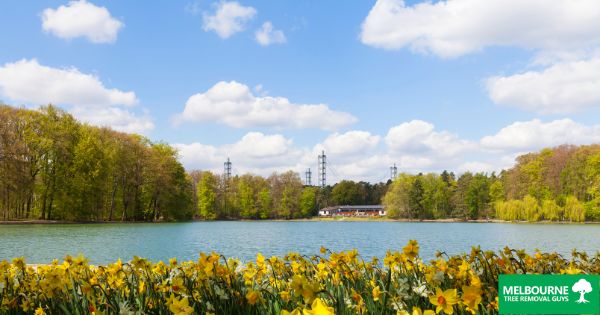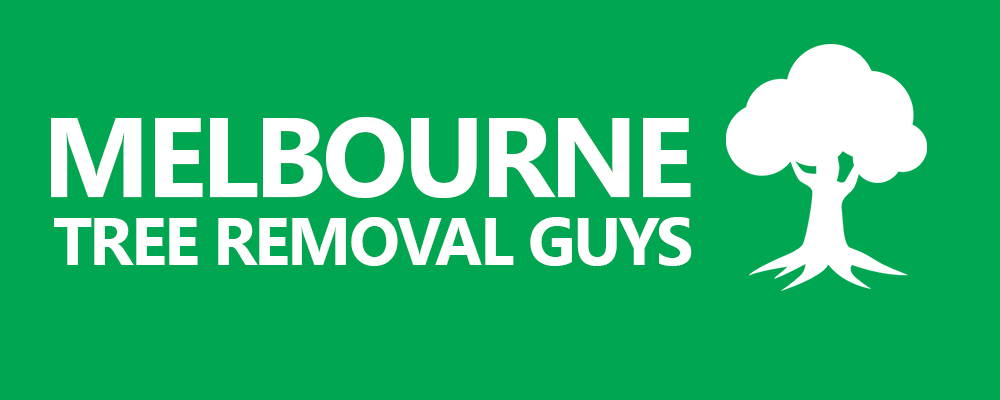The Benefits of Urban Forestry
Many local communities have created landscaping mandates that require developers to add trees and brush to areas of new development. Although we understand that landscaping increases a neighbourhood’s aesthetic appeal, are there other benefits? Urban forestry is defined as the management of trees in an urban setting to improve an urban environment. Beyond increasing the natural environment, urban forestry positively impacts local communities.
Filter Pollutants
Trees increase air quality through absorbing odours and pollutant gases that cause serious health problems. This is primarily achieved through the process of photosynthesis, where trees absorb carbon dioxide and water, converting them into oxygen. In an urban environment rampant with vehicle exhaust and industrial pollution, trees are able to absorb 40,000 km worth of pollution that is derived from driving your car in just one year. This means that trees are an effective way of combating urban pollution, whether it be in your own backyard or along city streets.
Regulate Water Flow
Construction of new buildings and industrial areas often changes existing water flow patterns. These changes are exacerbated with the presence of paved surfaces, which results in the water accumulating pollutants that are otherwise not present. Trees help to regulate this water flow by absorbing runoff and precipitation. On average, a tree soaks up over 300 litres of water per day, with leaves also naturally collecting water after a rainfall by intercepting 10-40% of it on average.
Increase Property Value
Trees increase property value and not just because you can hang your hammock or build a treehouse in them. Research has shown that trees are the single most important indicator of community attractiveness and that they can increase home prices by as much as 15%. Mature landscaping adds to a home’s value by giving the yard a welcoming atmosphere and boosting curb appeal. That being said, trees that are too close to your home become dangerous in the event of harsh weather conditions. That’s why it’s important to talk to the professionals and have them assess if your trees could impede on your family’s safety.
Enhance Community Involvement
Having a community with plenty of green space encourages residents to get outside and enjoy the fresh air. In forested areas, people can take advantage of the outdoors through walking, running, hiking, and even biking. Because of the increased opportunity to get moving, there is a distinct correlation between community forests and physical activity. Parks also serve as an important gathering spot for community events that foster bonding among neighbors.
Promote Tranquility
Have you ever wondered why so many people do yoga and tai chi in the park? There’s more behind it than you think. Trees have been shown to create a positive atmosphere that boosts community morale and decreases feelings of anxiety and depression. Increased community forest areas have proven to minimize violence in public housing and reduce the frequency and severity of traffic accidents.
Melbourne Tree Removal Guys – All Tree Cutting & Other Services. Tree Removal, Stump Grinding, Stump Removal, Tree Trimming, Tree Mulching, Tree Pruning & Emergency Tree Removal Experts In Melbourne!
Click here to read more articles regarding tree removal & related services.
If you are in Langwarrin and looking for Melbourne Tree Removal Guys, below is the best way to visit us.
Melbourne Tree Removal Guys
26 Fleetwood Dr
Narre Warren VIC 3805
https://treeremoval-melbourne.com.au
*Find us on Google Map


Recent Comments